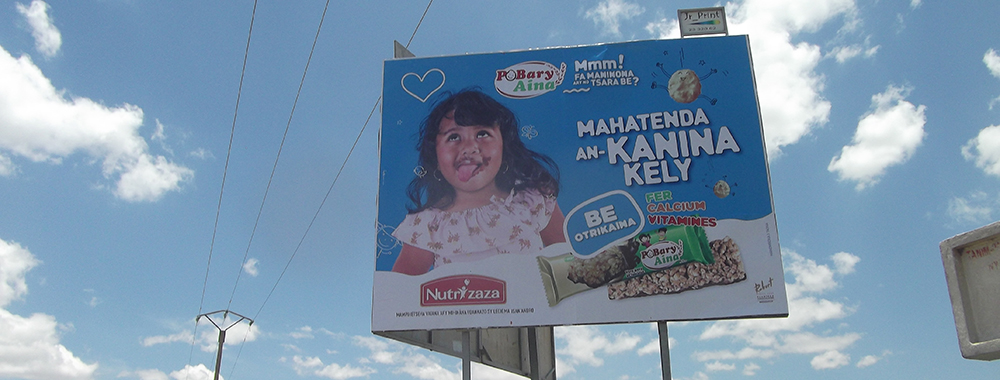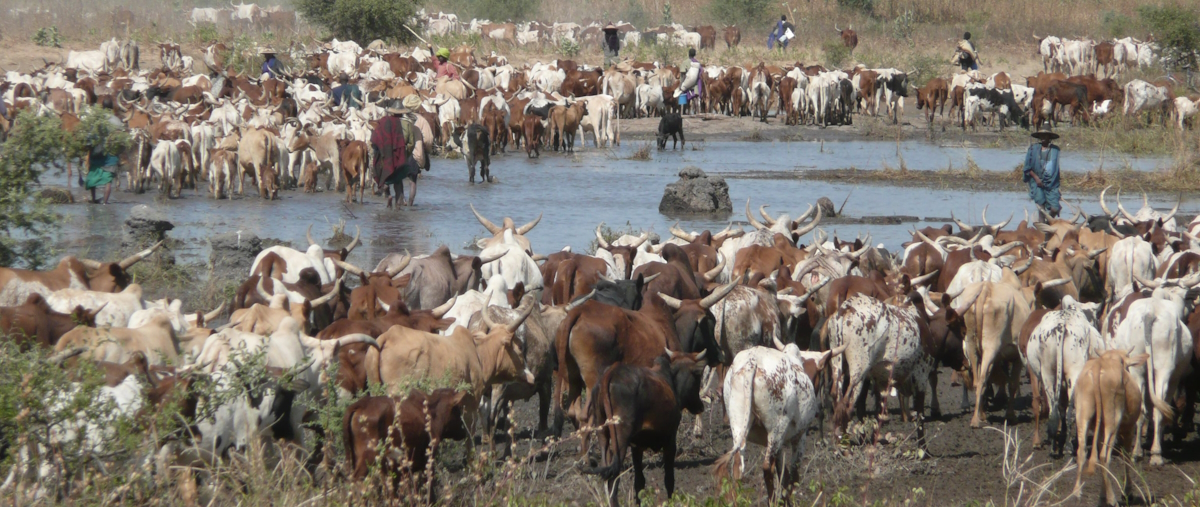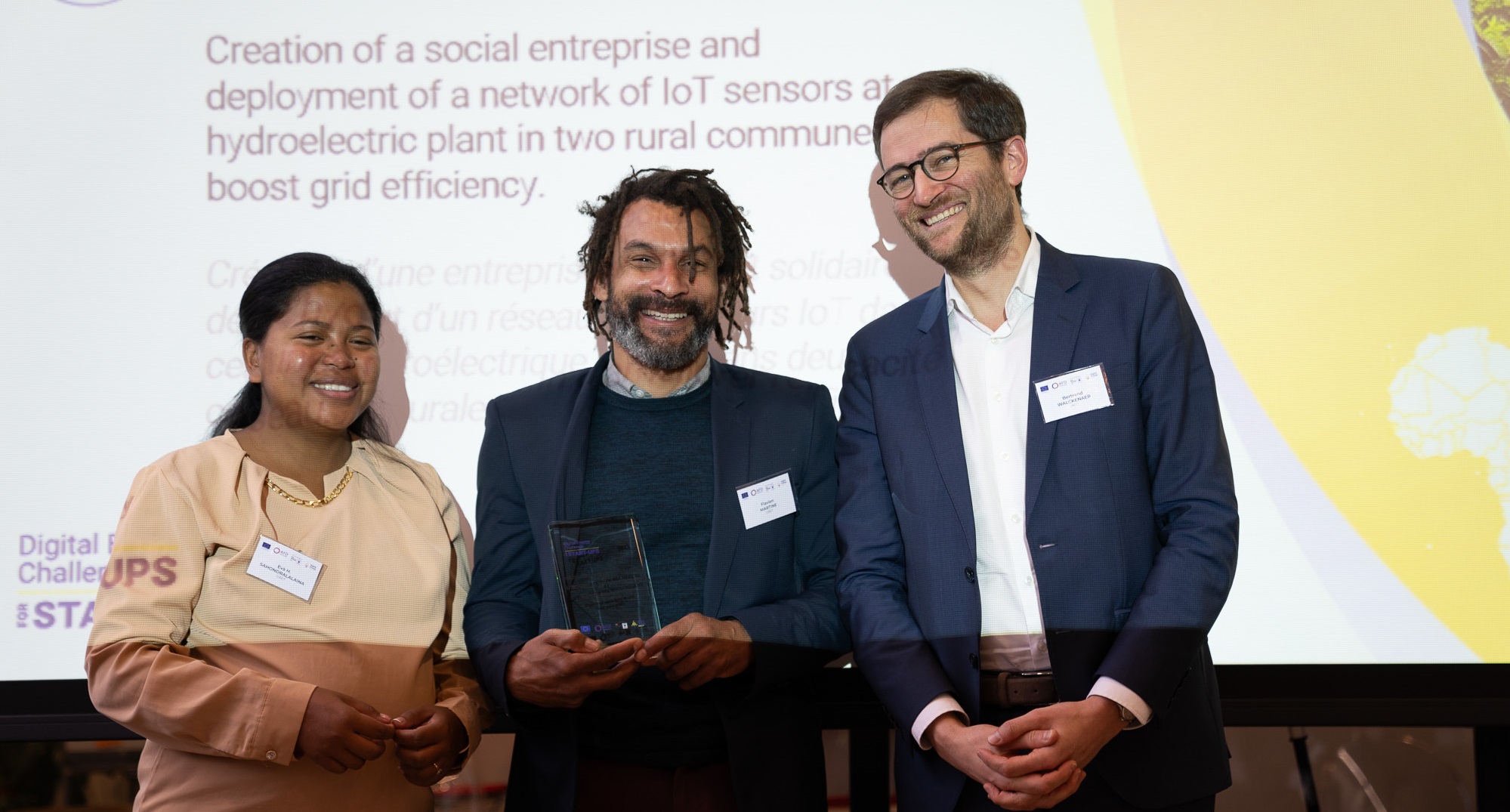As part of implementation of the food fortification project for vulnerable populations in Madagascar, funded by the European Union, GRET – in partnership with social business Nutri’zaza and the Robert chocolate factory – developed a fortified snack for children under the age of 5: PoBary Aina.
In Madagascar, the malnutrition situation remains worrying, particularly among children under the age of five, half of whom – according to the World Bank – are stunted and/or suffer from anaemia. Faced with this situation, the Malagasy government implemented a national nutrition policy, rolled out in a National action plan for nutrition (PNAN III, 2017-2021) featuring five areas of intervention. Micronutrient deficiencies were identified as the primary problem to be tackled, through food supplementation and fortification.
In this context, GRET has been implementing the food fortification project for vulnerable populations in Madagascar (PFOA) since early 2017. Funded by the European Union and co-funded by the Government of the Principality of Monaco, the main objective of PFOA is to improve the nutritional status of vulnerable populations suffering from micronutrient deficiencies in Madagascar, by strengthening sustainable access to fortified foods and their consumption.
Although it is acknowledged that the “1000 day” period – from a child’s conception to its second birthday – is crucial in malnutrition prevention strategies, micronutrient deficiencies also affect a large section of vulnerable populations, such as pre-school and school-aged children, and women of childbearing age. Development and distribution of fortified products for these various populations are an integral part of activities planned as part of the project, with a view to fighting chronic malnutrition. The project intends to propose access to a quality fortified food for 70,000 pre-school children.

PoBary Aina product development stages
Formulation of a fortified product necessitates reconciling nutritional quality, technological constraints and taste of the food, while meeting the expectations of the target population.
Firstly, surveys on food and nutrition habits were conducted in vulnerable neighbourhoods of Antananarivo. These surveys made it possible to identify micronutrient deficiencies in children aged between 2 and 5, and to highlight their high level of snack consumption: snacks were identified as a vector of fortification. Based on the results of studies, the product’s fortification level was determined taking account of observed deficiencies, consumption habits and recommended daily intake among the target population.
Subsequently, in order to analyse expectations among the target population and evaluate market potential, market research was conducted on the category of snacks for children aged between 2 and 5. Based on the results of the nutrition survey and the market research, it was decided that the product would be presented in the form of a cereal bar made up mainly of puffed rice, peanut, soya flour and puffed sesame seeds, and that it would be fortified with 19 vitamins and minerals, including iron, calcium and zinc. In March 2018, the formulation phase was launched in collaboration with the Robert chocolate factory, GRET’s nutrition experts and the French national research institute for sustainable development (IRD).
One of the challenges during this phase was to optimise production procedures in order to make a healthy food. For example, several tests were necessary to obtain a tasty, crispy bar, while ensuring minimal sugar content.

Following various laboratory and factory production tests, and sensory evaluations, the final formula for the product was determined. The Robert chocolate factory production team was trained in hygiene and manufacturing best practices, and also received training on compliance with the product specifications. The content of these specifications was drawn in line with international standards.
Development of the marketing strategy
The market research enabled greater knowledge of the target population and made it possible to position the product with regards its competitors. Following this research, strategic recommendations were drawn up. They are broken down according to the marketing mix: product, price, distribution and promotion.
- Product strategy
In addition to providing guidelines for product formulation, the conclusions of the market research enabled strategic choices to be made in terms of format, name, and packaging. After brainstorming and a focus group among the target population, the name PoBary Aina (literally “the puffed rice of life”) emerged and was validated by GRET, Nutri’zaza and the Robert chocolate factory.
The packaging design, produced by an external designer, was submitted for testing in terms of comprehension and acceptance by the target population, prior to its final validation.

- Price strategy
Defining the price was a real balancing act between affordability for the target population, recovery of costs and positioning with regards competitors. In the end, the price was set at 500 Ar (i.e. approximately 12 euro cents). The price of PoBary Aina is in line with the budget generally allocated for children’s snacks (between 400 and 600 Ar).
- Distribution strategy
Distribution is managed by Nutri’zaza. It consists of distributing the product in places where the identified target population goes to shop: local shops (supplied via wholesalers), large and medium sized supermarkets, and petrol stations in the cities of Antananarivo and Antsirabé. This distribution network draws support from the existing network for the other product marketed by Nutri’zaza: Koba Aina.
- Promotional strategy
To prepare the promotional campaign for the product launch, several communication-promotion agencies were met with following a call for tenders. After consultations and technical offer proposals, the Novocomm-Ogilvy agency was selected. The agency was asked to propose a promotional campaign based on target aspirations. The challenge was to make the product “aspirational” with a strong graphic universe, to make the product appear appetising and give it the image of a healthy, fortified product.
Novocomm-Ogilvy rose to the challenge by proposing a campaign based on a catchline that translates into: “Yummy! (But) why is it so tasty?”, and communicating on the fun, appetising, local, healthy and affordable aspect of PoBary Aina.
The campaign is rolled out in various media, based on the daily routine of parents and their children, combining media activities (TV and radio clips, social media), and non-media activities (posters, POS advertising, events, press, etc.).
Workshops to launch the new PoBary Aina product
PoBary Aina is an addition to social business Nutri’zaza’s range of fortified products. The social business manages Hotelin-jazakely and distribution of the Koba Aina fortified porridge to all Malagasy families. Put on the market on 15 November 2019, PoBary Aina was presented at a press conference. In addition to the market launch, an official launch took place on 24 January 2020. The latter was attended by stakeholders in the fight against malnutrition in Madagascar, in particular the project’s donors and institutional partners: representatives from the National office of nutrition and from the various departments of the ministry of Public Health, the ministry of Industry, Trade and Crafts, as well as Giovanni Di Girolamo, the European Union ambassador in Madagascar. The event made it possible to share results obtained during product development, present PoBary Aina, initial reactions from beneficiaries and the results of the first six months of sale. The latter are encouraging: demand for PoBary Aina is very high and has far exceeded our expectations.

The food fortification project for vulnerable populations in Madagascar (PFOA) is implemented thanks to financial support from the European Union and the Government of the Principality of Monaco. The content of this article is the sole responsibility of GRET and does not necessarily reflect the opinions of its financial partners.






